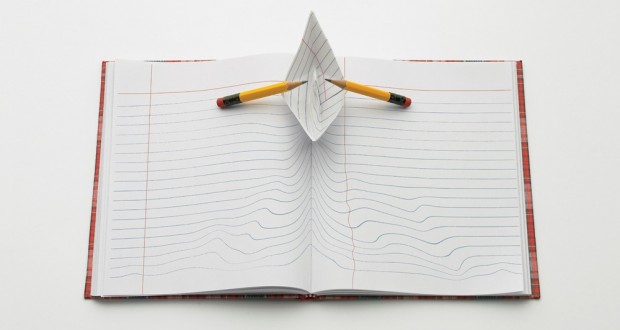Ever had a hard time starting a story?
You see it in your mind. You see the conflict, the characters, the action unfolding. You just don’t know how to get there from here. You just don’t know where to start.
Try this: Start in the middle of the action.
Don’t set the scene. Don’t describe your characters at length. Don’t disclose what had been going through their minds or their pasts that led them to this point.
None of that. At least not yet.
Drop your reader right in the middle of the action. If the tension is palpable and the conflict is interesting, your reader will stick with you as they try to figure out what in the world is going on.
If this is the moment George has to shoot the cow because she’s stopped producing milk, give George a shotgun before the end of the first sentence.
Start your story and assume your reader is already there. With you.
In high school I picked up a book on writing fiction that called this process, “First Thing Second.”
George Saunders describes it as riding a motorcycle and having the reader sit in the sidecar in the middle of the ride. It might be jarring at first, but if they’re devoted readers, they’ll stay with you.
If, instead, you start by walking your reader through the front door, up the stairs, into the main upper hallway, into the third door on the right, you might lose momentum and energy by the time you actually get to the room.
I remember a writing professor warning against starting a story in the middle of dialogue, so I did it once, and she still gave me an A for that piece.
The only rule is that it needs to be interesting, compelling and produce emotion in your readers. Then the rest of the rules are built on how well you do those things first.
That doesn’t mean you have to drop off your reader at the climax. But start your story with your characters already doing something, not thinking about doing something.
I was working on a chapter on JUMP recently and I envisioned the father putting a shock collar on his two-year-old daughter’s neck because she had been so difficult to control, even as a young child. Rather than draw out the whole account to justify his decision for the shock collar, I started the chapter in the pet store with his son. Within a few sentences the reader discovers who the shock collar is really for, and I built tension by leaving a lot of things implied and unsaid.
When you start in the middle, rather than at the beginning, writing actually becomes more fun. Your readers will be more interested and your scenes will actually feel more real because you won’t have to bother explaining everything. The reader is put in a position where they have no choice but accept the events about to unfold (or already unfolding).
You don’t have to do this every time, but it’s especially helpful when you feel stuck with a story idea.
Start in the middle, work in the back details throughout the story, then move forward and see where the story takes you.
(Feature photo by Sharad Haksar)
What about you?
What techniques do you use to get right to writing without wasting time?
 Michel Sauret – Award-Winning Army Journalist | Independent Author Award-Winning Army Journalist, Independent Author
Michel Sauret – Award-Winning Army Journalist | Independent Author Award-Winning Army Journalist, Independent Author






